Visionis the most dominant sense in humans.
Thirty to forty percent of our cerebral cortex is dedicated to oursight.
That means that our brains dominantly rely on visual data to interpret reality.
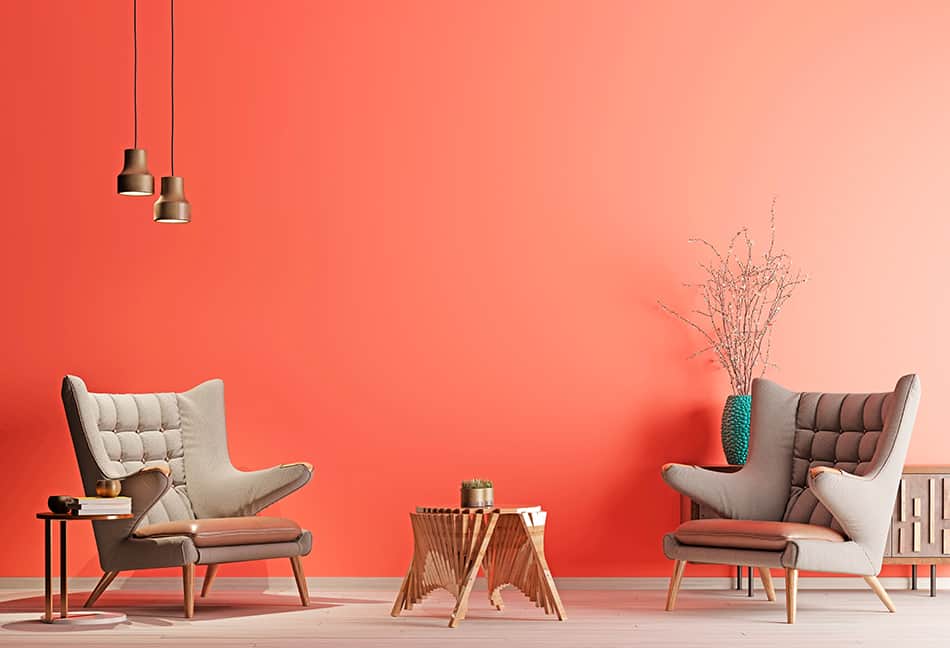
Colorsare a significant part of that.
Colors helped them tell day from night, dusk from dawn.
Besides our biology and psychology, the way we react to colors is also rooted in our cultural conditioning.

That means our relationship to colors is spontaneous but somewhat complicated.
Coral
Coralhas been declared thePantone color of the year 2019.
It is a hue that falls between orange and pink.
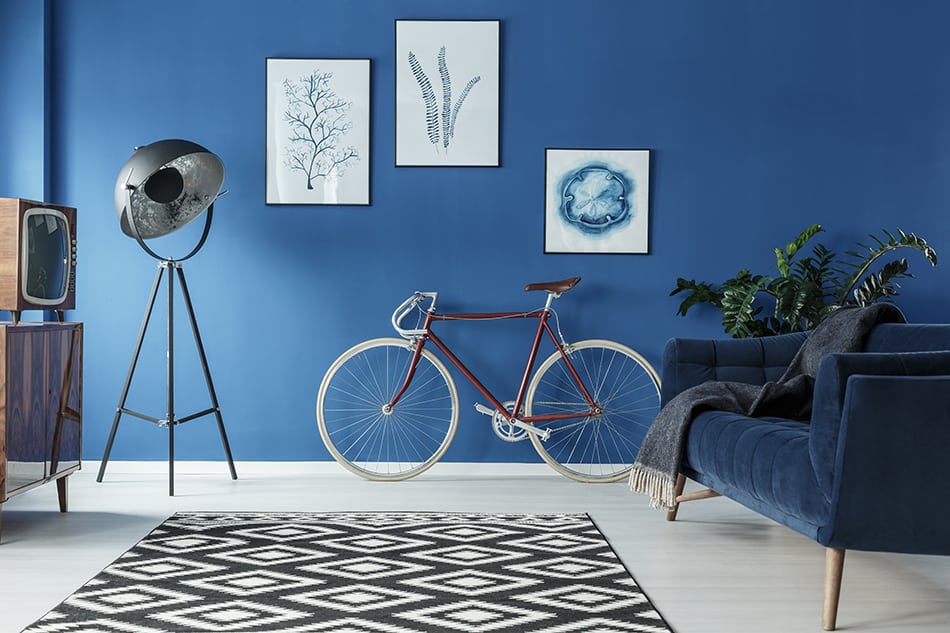
To be more precise, its a pinkish shade of orange.
In western culture, it is generally associated withgoodness.
Surrounded by many bright, clean surfaces can help you feel uplifted and positive.
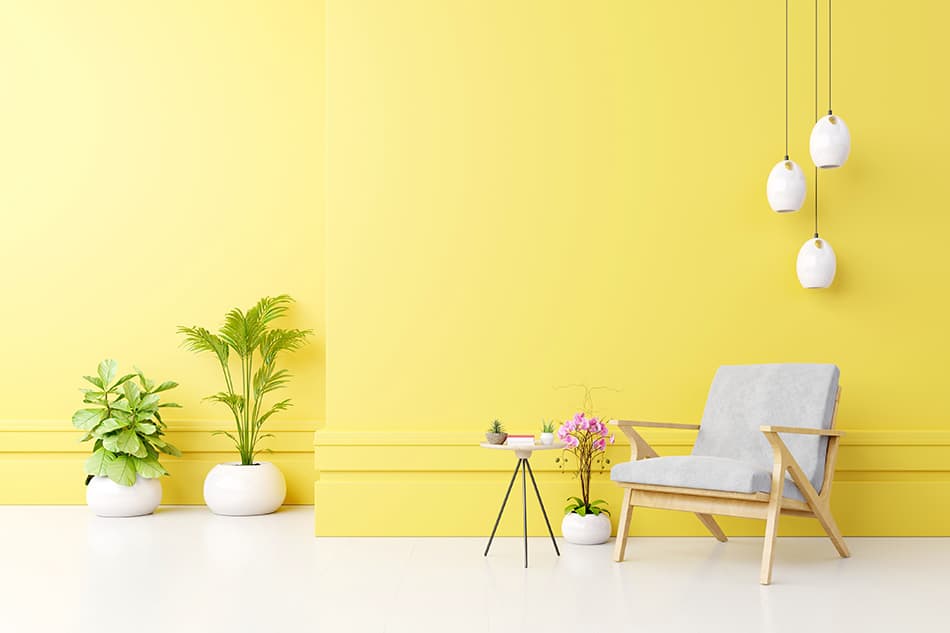
As for the visual properties, white is associated withminimalism.
If you plan to coat your home all-white, be careful white reflects a lot of light.
Because of that, it can betiring for your eyesin the long run.
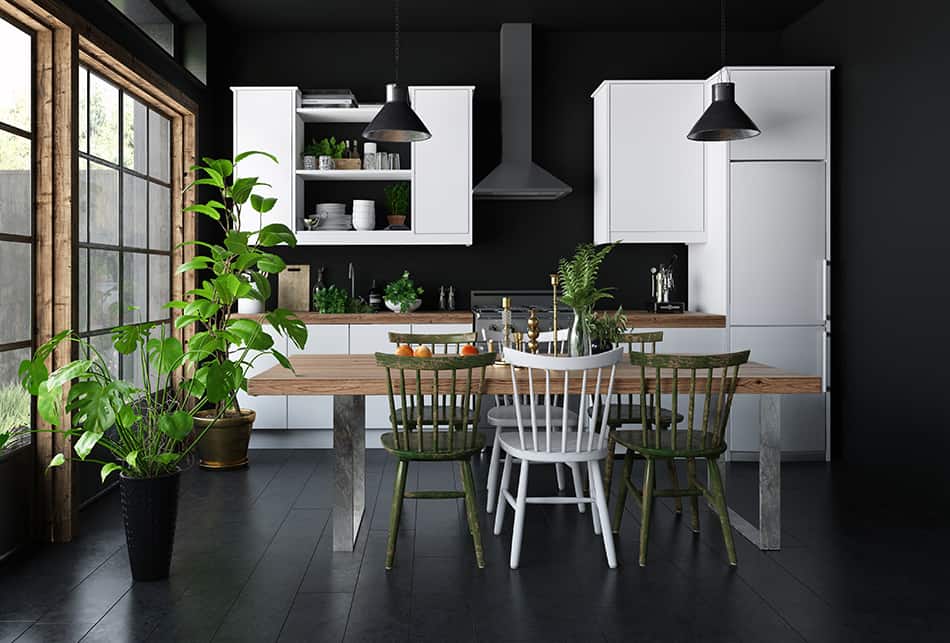
It can help yourelax, unwind, contemplate,andmeditate.
Blue is acool color, and it might actually help you feel refreshed when its hot outside.
Becarefulwith blue especially the dark blue shades if you are prone tosad moodsand apathy.
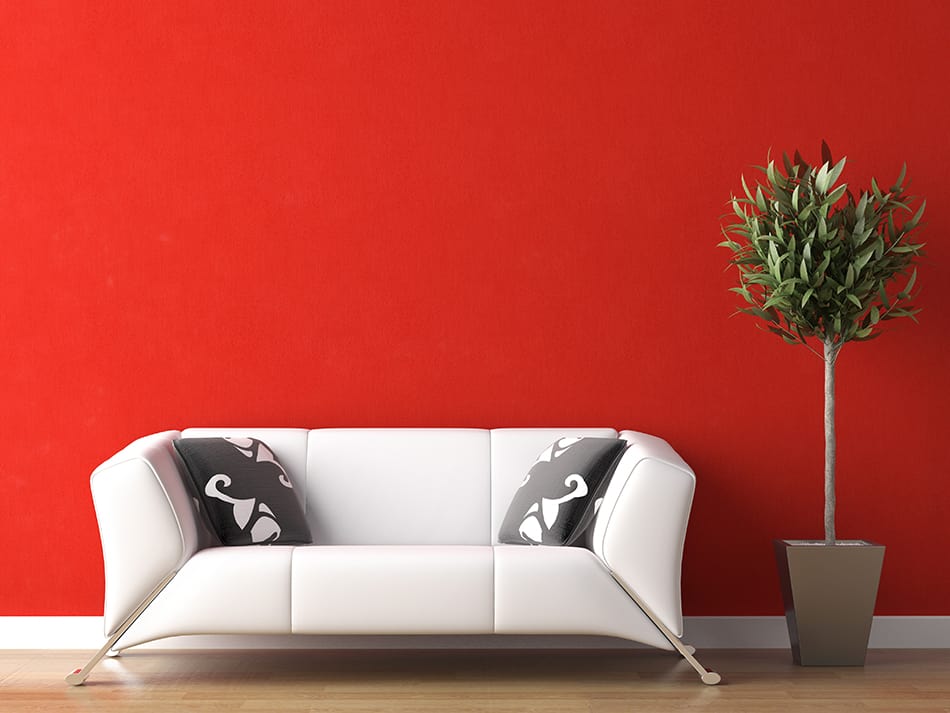
These states are calledthe bluesfor a reason!
This interior shows that blue andneutral colorsare an excellent match.
And so does the decoration.

No wonder it sparksliveliness, excitement,andpositivity.
If we have to pick a color that symbolizes happiness and lust for life, it would be yellow.
Like all strong and/or primary colors, yellow goes perfectly with both dark and light neutrals.
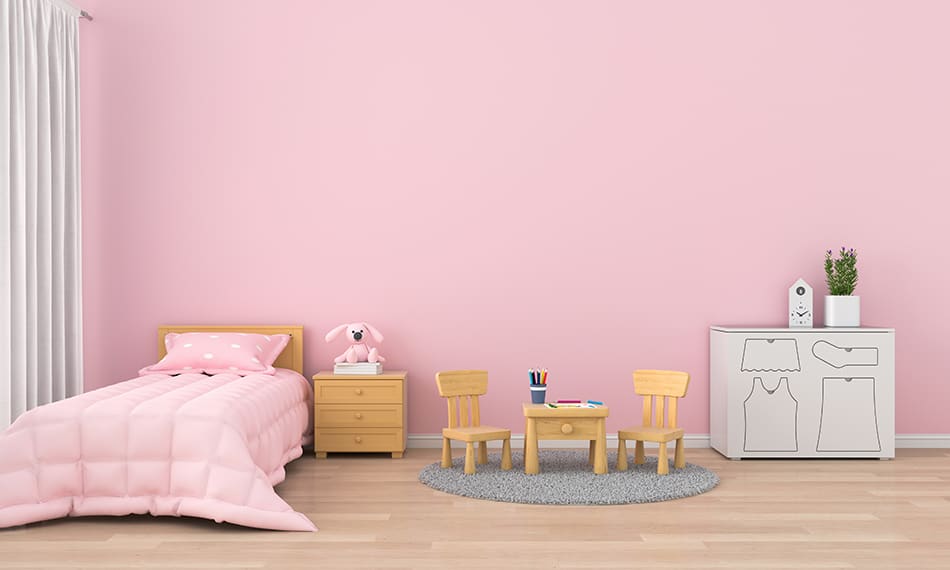
Some people find yellowtoo intenseand irritating to the eyes or describe it as anxiety-inducing.
Black
Black is the color thenight, earth,andshadows.
However, that is not all there is to black.
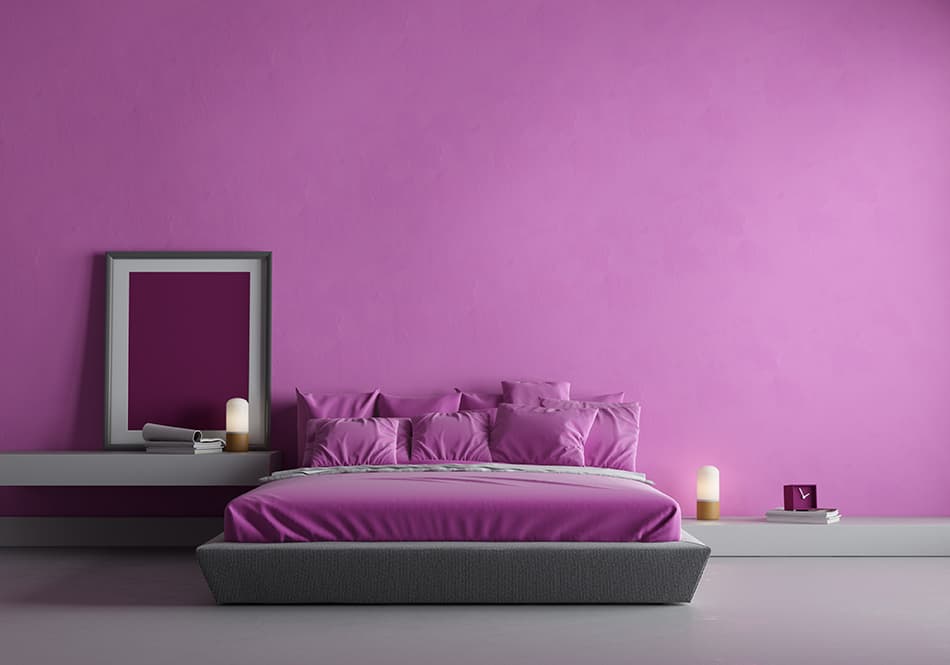
When generously used in an interior, black can have agroundingeffect, and increase yourintellectual capacities.
It makes a space feel smaller, so it can be utilized to make large rooms seem cozier.
Also, it is one of the mostelegantcolors and can, therefore, be very aesthetically pleasing.
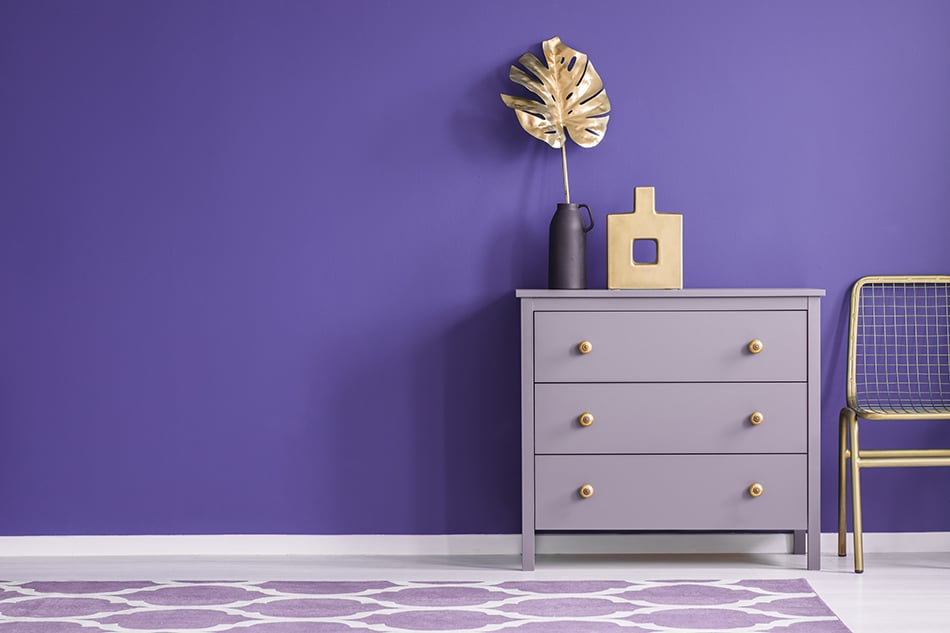
The cultural perception of black is a lot different in the East and the West.
In short our relationship to black is quite complicated.
But undoubtedly, it is thewarmest, the mostintenseand the mostenergizingcolor on the list.
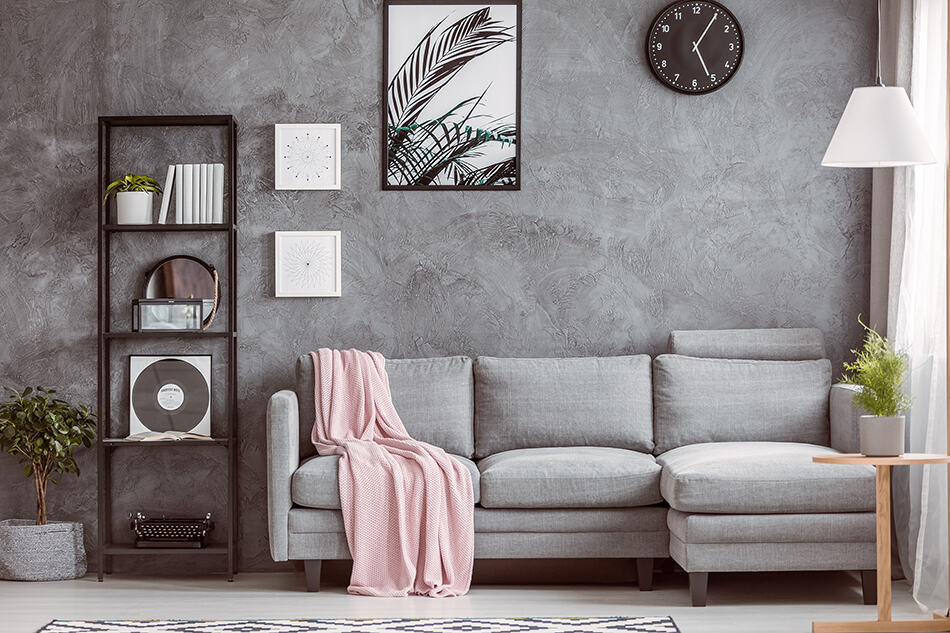
Red is known even to have a direct physical effect on humans itincreases heart rateand breathing rate.
Because its such a powerful color, you should use it intelligently and in moderation.
Too much of it can feel overwhelming, draining, and bring about the aforementioned negative aspects.
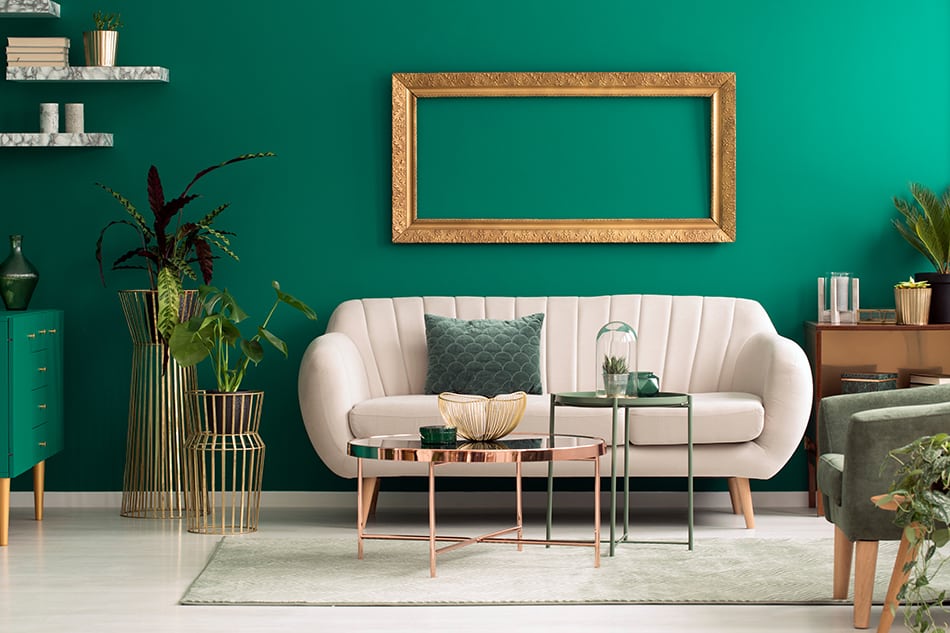
you could tame red by combining it with a lot of neutral colors.
Olive
Oliveis quite a special shade of green.
Because if that, its psychological effect is more that of aneutral color.
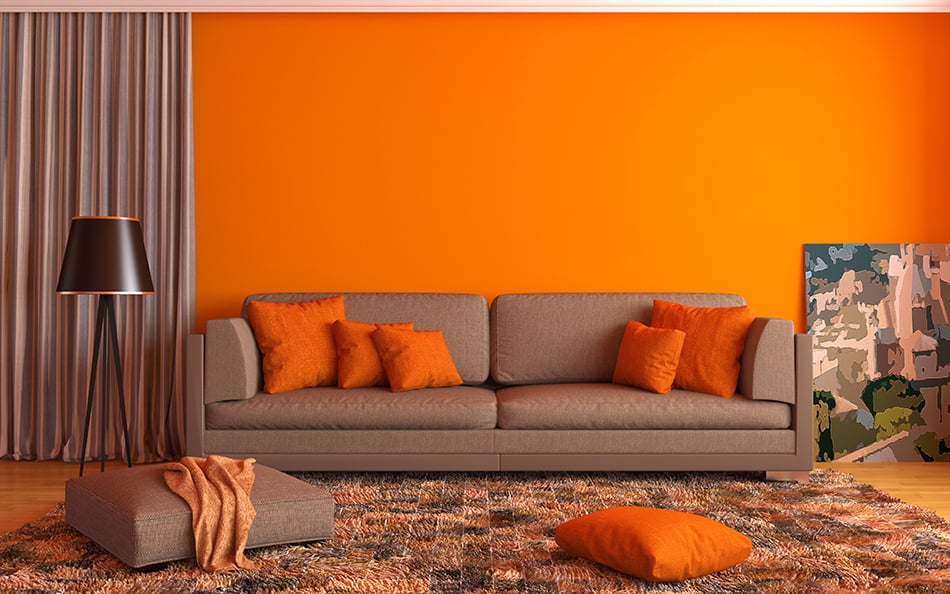
It is serious and formal, but not as impersonal and strict as gray.
Olive is also associated with themilitary, and therefore it can evoke the feeling ofdiscipline.
Pink
By its pastel nature, pink is acalmingcolor.

However, theres even more to it.
Studies show that pink is a pro-social color that enhancespeaceandharmonyin human relationships.
The only drawback to using pink is that lighter and duller shades can make you feelpassive.
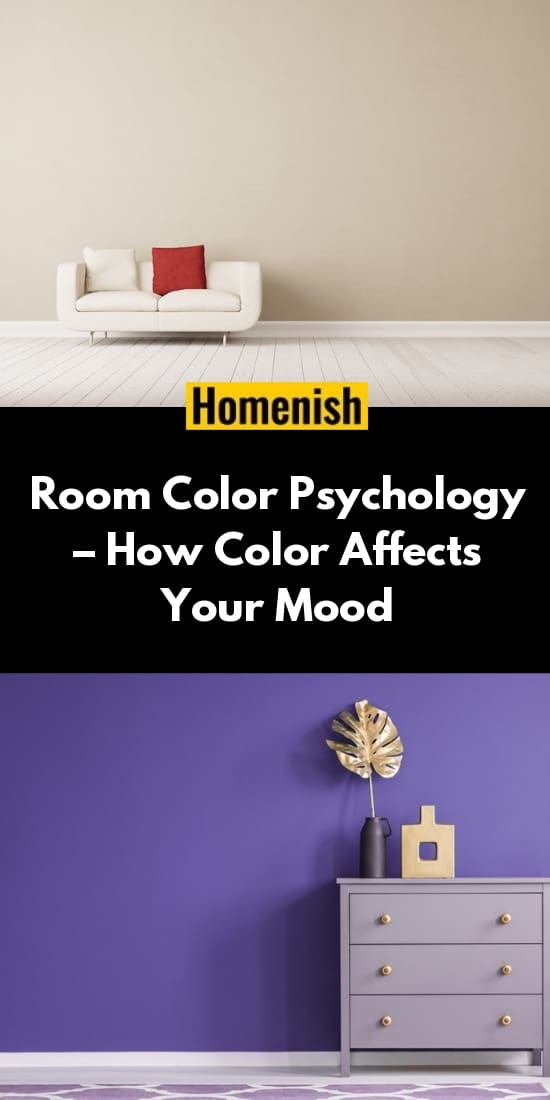
Violet
Violet is a hue that representstenderness, romance,andinnocence.
It is the color of some of the most delicate and fragrant flowers violets, hyacinths, lilacs.
That is why violet is soothing and calming for the mind.
Unlike its cousin purple, people consider violet an energizing color.
However, a pinkish shade of violet could make you feel passive.
Purple
Purple representsluxury, royalty,andwealth.
Thats why we see it so nicely paired up with golden in our example the match seems so natural.
Deep purple is also the color ofmysteryandspirituality.
Looking at it feelssoothingandnurturing.
It can also help with inspiration in your creative endeavors.
The only possible issue with purple is that it can push your behavior in a passive direction.
Avoid using passive colors in rooms connected with a lot of activity or decision-making.
Grey
Grey is the color of maturity and seriousness.
The no-nonsense color evokes feelings of responsibility, formality, and stability in all its shades.
However, grey can also feel impersonal, unemotional, and conservative.
Green
Our species evolved surrounded by green landscapes which are associated with a healthy, fruitful environment.
That is why green is the color that is the mostpleasing to the eye.
It is considered ahealingcolor some research has shown that workers in green office interiors suffer from fewer stomach aches.
The effect of green on mood and behavior will depend on a particular shade.
Typical lawn green stands in between and brings the best of both worlds.
Culturologically, green is associated withluckandfertility, but additionally withjealousyandenvy.
It is also the color connected to Ireland (and Celts in general) and also to Islam.
Orange
If we considerliveliness, orange comes right after yellow.
Itenergizeslike red, but without aggression and agitation.
Also, it is a hue that has awarmingeffect.
Orange is also known to boost attention, and grabs attention, making it a popular color in marketing.
So, when it comes to colors, you might trust your own perception.
Let yourtrue colors shine through.
Here is an infographic that sums up the main point of this article.
Share and Pin it now!